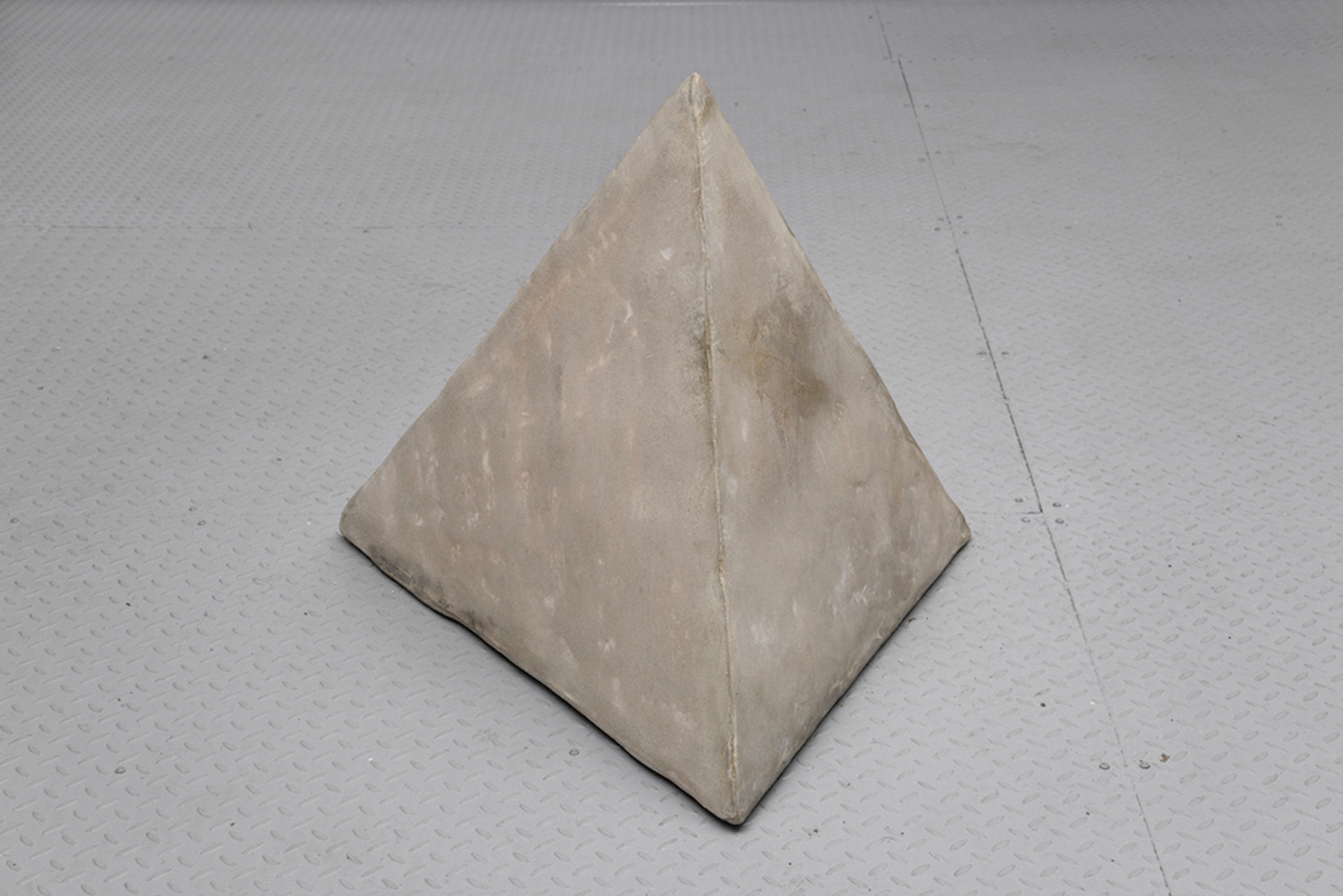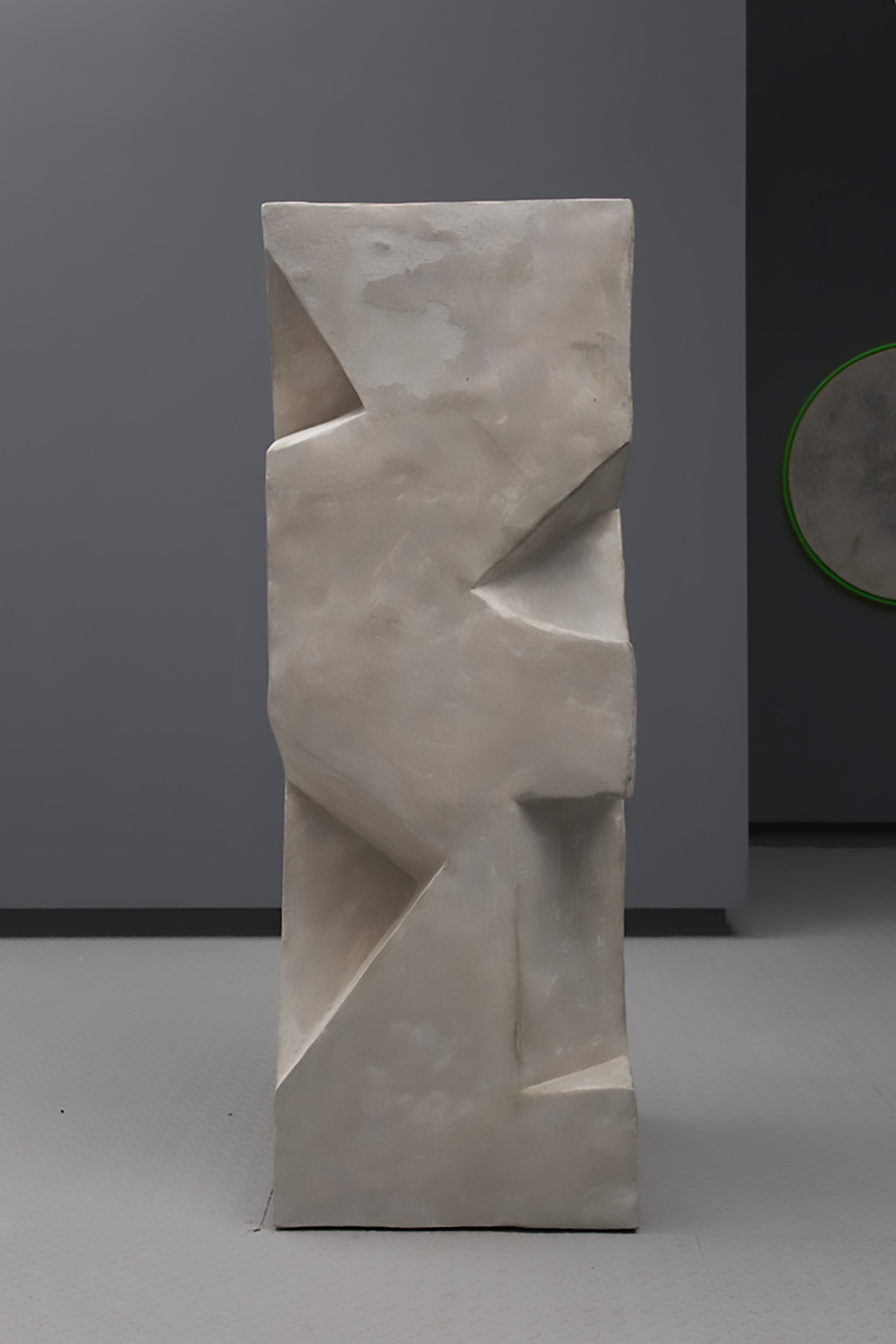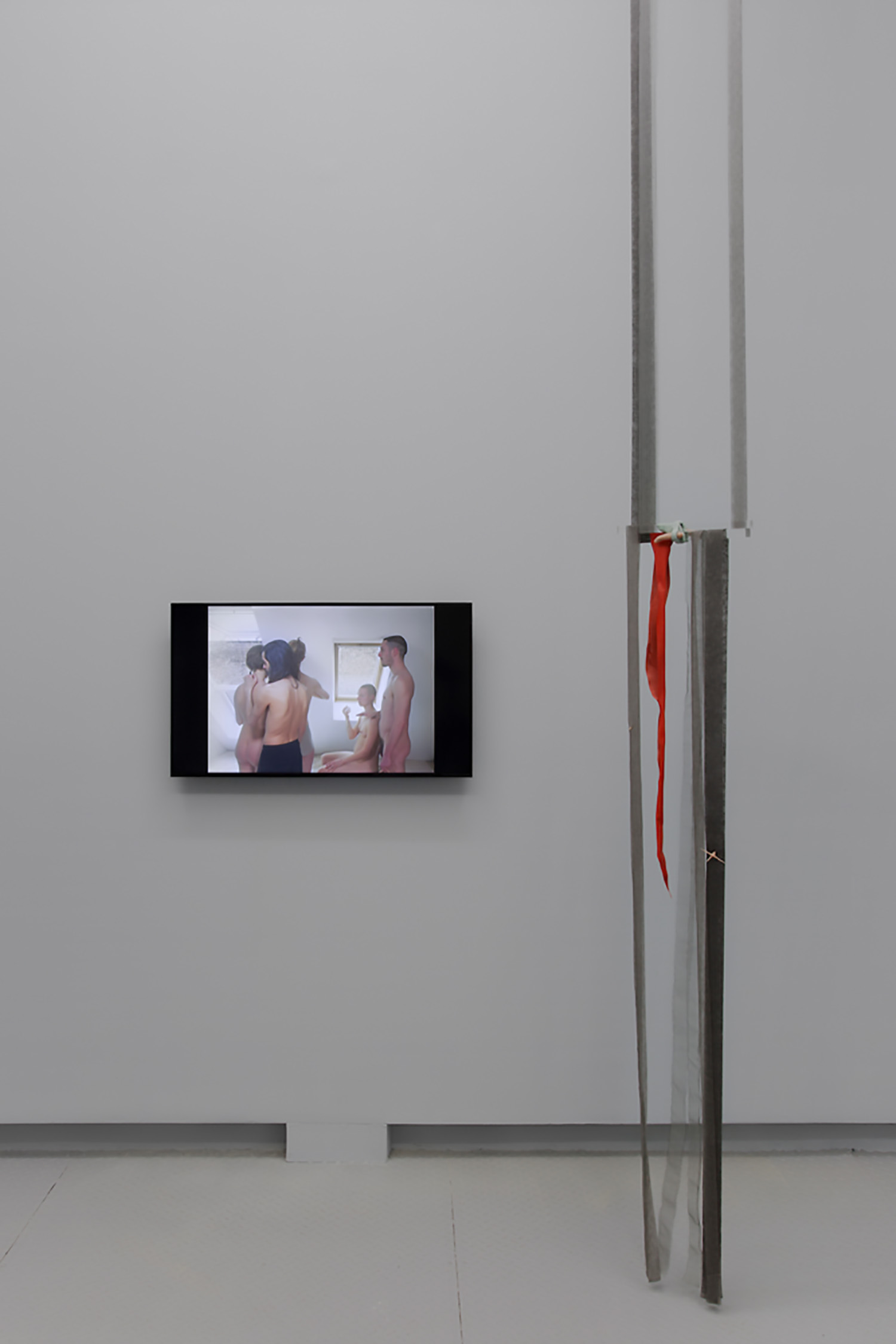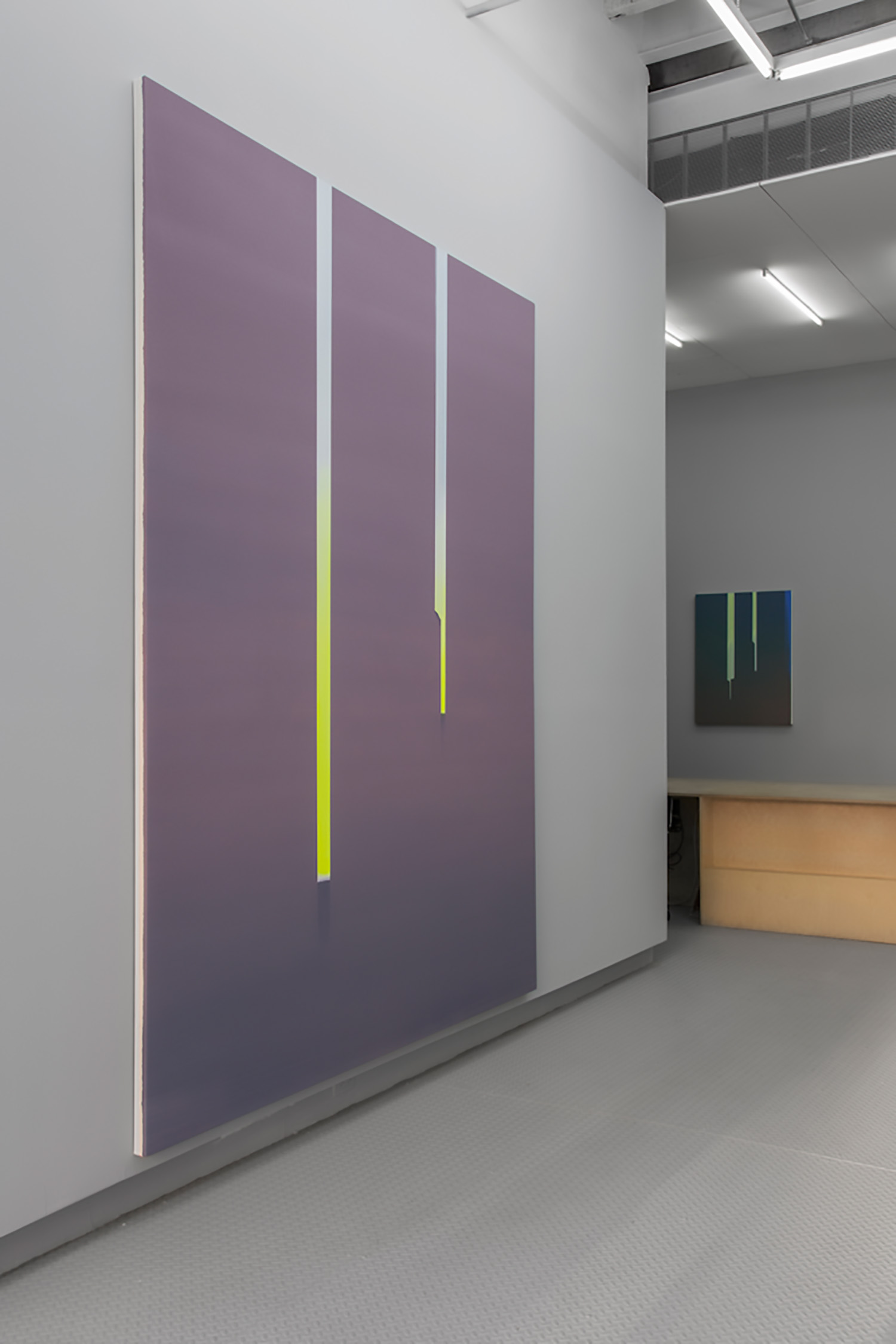Shallow Mirror High Tower
GROUP EXHIBITION
July 9 - Sept 9, 2019
Opening
July 9, 2019
Exhibition Artists
Julie Favreau
Wanda Koop
Rose Marcus
Caroline Monnet
Arsenal Contemporary is pleased to present Shallow Mirror High Tower, an exhibition featuring four artists who each draw parallels between our (non)built environments and distributions of power therein. Sites we occupy and transverse, from high rise buildings to the ocean, become metonymies for those who secure our access to them, dictating our mobility across space and time. While each artist contextualizes a particular social-material reality of their own making, taken together they establish a conversation transhistorical in scope. Examining the unseen bureaucratic structures that coerce certain forms of movement, the artists in Shallow Mirror High Tower meditate on the function of sites as potential barriers as well as possible containers for publics and for collective action. In their respective practices, Favreau, Koop, Marcus, and Monnet interest themselves in the perpetual nature of worldbuilding and the ways in which individuals are demanded to reconstitute themselves within these ever-shifting realities.
Julie Favreau’s images and sculptures are situated in a future that nevertheless carries with it remnants of our present world. While existing within familiar landscapes, objects in her 4k video Will Deliquesce do not adhere to the laws of our built world: unhinged from the demands of gravity, we bear witness to unidentifiable organic things floating across roman aqueducts. Prosthetics, which are meant to enhance the human body, are composed from glass bits born from the sea, reaching our shores only after time has effectively softened their edges, allowing these strange implements to fit within the skin comfortably. The complex magical realist fantasy that Favreau advances is bound up with contemporary social relations, so that the novel form of eroticism coloring her environments teeters nervously between new, boundless freedoms and increasingly heightened present-day constrictions.
Infrastructure projects are bifurcated in nature; they either enable us to remain in cities despite the constant threat of natural forces or force us to move around (or away) from the city due to the increasing economic pressures they beget. Such tensions are the prime actants at play in the photographs of Rose Marcus. Layered with assorted materials, from acrylic inlays to the very wall on which her images are hung, the substrates of Marcus’s works mirror the densely built environments they equally present. The sites imaged are familiar to many: monuments and architectural fixtures of New York City, like the George Washington Bridge or a public sculpture by famed modernist artist Tony Smith. These architectural spaces are also anchors which orient us within environments that are otherwise in flux. And yet, their appearance in Marcus’s works belies stability and highlights our own reorientation (commuting, relocating, being pushed out) as these architectural fixtures are afforded the seeming security of placedness.
Wanda Koop’s paintings conjure the light of the witching hours, shifting coolly across New York’s high rise buildings. Her minimal forms and meticulous compositions eerily suggest the presence of sublime architecture while embalming its absence, with strobes of color standing in for the slivers of sky between buildings and the refractions of light on their surfaces. The lack of individuation between negative and positive space here posits an environment ablaze with the conductive energy of these poles both rendered active at once. Positioned at an impossible vantage amidst a dense field of brushstrokes, Koop’s viewer is bequeathed with the kind of coveted view that has driven the frenzied development of luxury high rises in the city over the past decade, introducing drastic changes to the skyline.
Presented in conjunction with the National Gallery of Canada, Caroline Monnet’s Like Ships in The Night follows the artist’s journey aboard a ship crossing the Atlantic Ocean from the Dutch port of Ijmuiden to Montreal, Canada, her home city. Simulating the ship’s wake splicing the enormous expanse of water, the mirrored-effect of the film’s two channels renders the ocean as a schism, nevertheless grounded within an invisible network of communication technologies. Here, the orbit of the moon and radio signals are afforded equal importance as means of navigating this site of perpetual transience, calling to mind the ways in which the journey across this expanse connects our current period of economic exchange with our colonial past. For Monnet, this collapsing of history is embedded within a personal narrative, as she retraces patrilineal and matrilineal patterns of immigration and occupation. The ocean itself charts varied narratives while encompassing the artist’s own; a mirror reflecting upon its surface the unwieldy human project of both making sense of and in turn carving out space.
Julie Favreau (b.1981, Quebec City) works in Montreal and Berlin. Her work has been presented at the Kunsterhaus Bethanien, the Montreal Museum of Fine Arts, and the Montreal Museum of Contemporary Art. Her work will be exhibited at the MIT List visual art center in the fall of this year.
Rose Marcus (b.1982, Atlanta) lives and works in New York. Having originally studied architecture and urban studies, Marcus went on to complete a BFA in sculpture (2005) and an MA in art history in 2014 at Hunter College, New York. Recent solo exhibitions include The Four Seasons at Night Gallery, Los Angeles and Leavee Parisian Laundry, Montreal.
Wanda Koop (b. 1951, Vancouver) is a preeminent Canadian painter based in Winnipeg, Manitoba. Her painting career spans four decades, with a major survey exhibition of her work mounted at the National Gallery of Canada in 2011. Her first American museum exhibition opens at Dallas Museum of Art in October 2019.
Caroline Monnet (b. 1985, Ottawa) is an award winning filmmaker and visual artist working in film/video, installation and sculpture. Her films have screened at international festivals includes Sundance, TIFF and Cannes, where she was awarded the Cinéfondation prize. She has exhibited at the National Gallery of Canada, the Museum of Contemporary Art in Montreal, and the Smithsonian Museum of the American Indian. She is currently featured in the 2019 Whitney Biennial.






















